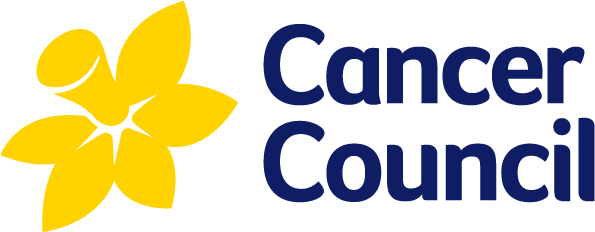National Cancer Prevention Policy
Prevention policy
The National Cancer Prevention Policy makes specific recommendations for national action by governments and non-government organisations, including programs and strategies to reduce the incidence of specific preventable cancer types. (It does not provide information about cancer prevention for individuals.)
The National Cancer Prevention Policy is separated into chapters on primary prevention, screening and immunisation. Each chapter is available on the wiki platform, which allows Cancer Council Australia to continuously update policies as new evidence becomes available or if the policy environment changes.
If you want further information about how you can reduce your risk of common cancers, visit the preventing cancer section or call Cancer Council 13 11 20.
Screening to detect cancer early
Immunisation
Explore how our advocacy is making cancer history.
